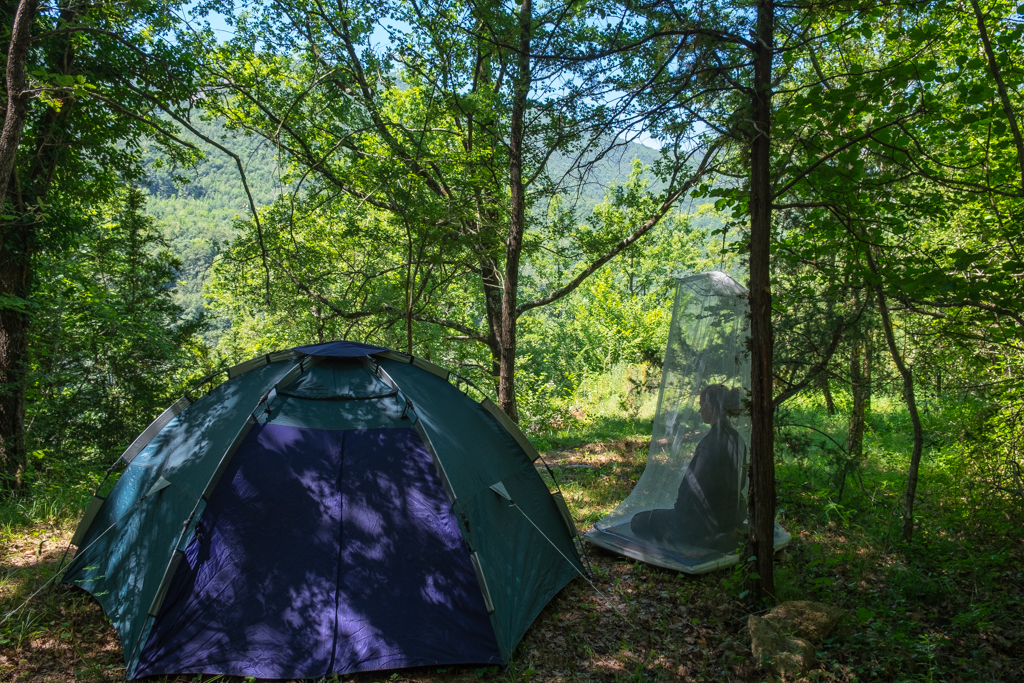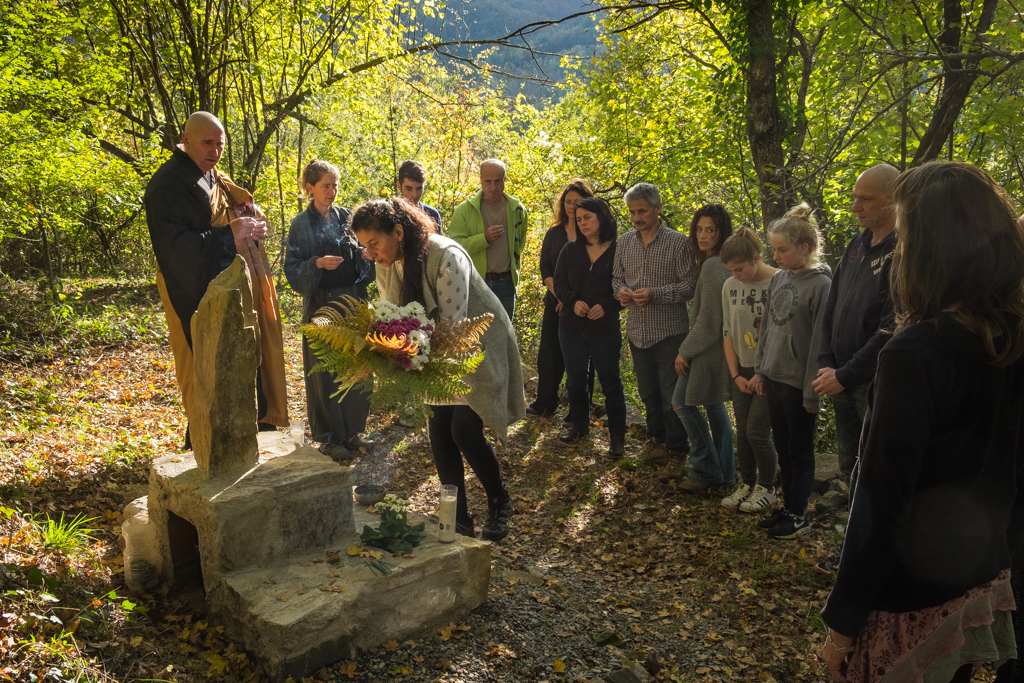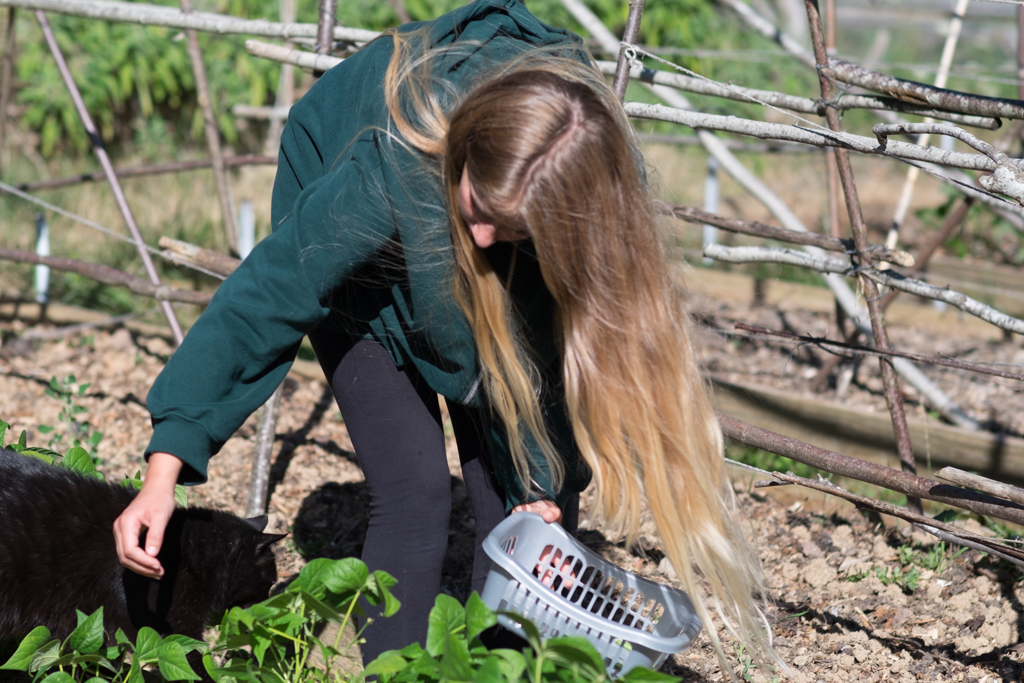Practice
The training consists of 4 elements. These are:
- Zazen
- Buddhist services
- Study
- Samu
Zazen
Sitting meditation is an important and essential part of the zen practice and in fact for every practitioner at Keiryuji. In the Daily Schedule the sitting varies from 40 minutes the first period in the morning to 25 minutes in the evening. In between every sitting period there is kinhin, or walking meditation. Also for those participating in a Personal Retreat, zazen is most important. For people new to the practice there will be a thorough instruction.
During zazen there is the possibility for Doksan and Koan study. Doksan (Private Interview) with the teacher, will be provided almost daily. For the Personal Retreat practitioners, Doksan is essential. Being by yourself for longer or shorter parts of the day, the mind can go in many directions, so it is important to be guided by the teacher on a regular basis. Also for long and short term residents it is an important part of the training.
Keiryuji and its teacher are part of the White Plum tradition, and in this lineage we use Koan study. Koans are dialogues, questions, stories or statements, often between a Master and a Disciple, that contain or reflect the Buddhist teaching. They are used to test the student and to deepen his or her understanding.
Study
Study is an important part of the training in Keiryuji. We study various old Buddhist texts from various traditions. In this way the old Masters are brought back to life and are able to speak again.
Teishos or Dharma talks are given based on these texts. There is also the possibility to read texts yourself from the library.
Samu
Samu or working together is where it all counts. It gives us the possibility to practice that what is realized on our cushion and to do something with it in the world. Of course mistakes will be made and can be made. That is okay and that is why it is called practice.
It works both ways: during samu we can practice that what is realized during zazen and during zazen we can sit with everything we bumped against during samu. This way our practice can become deeper and deeper.




